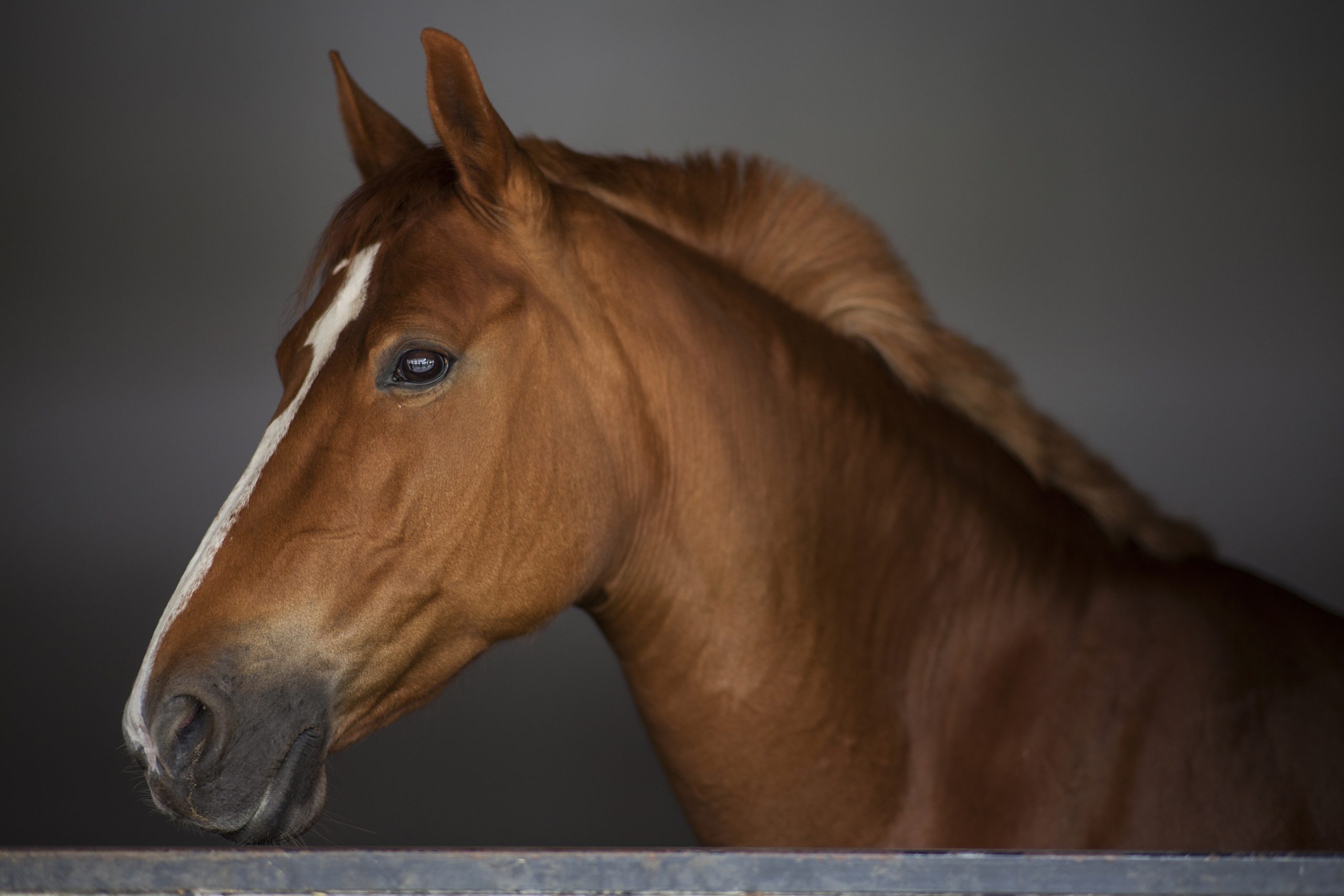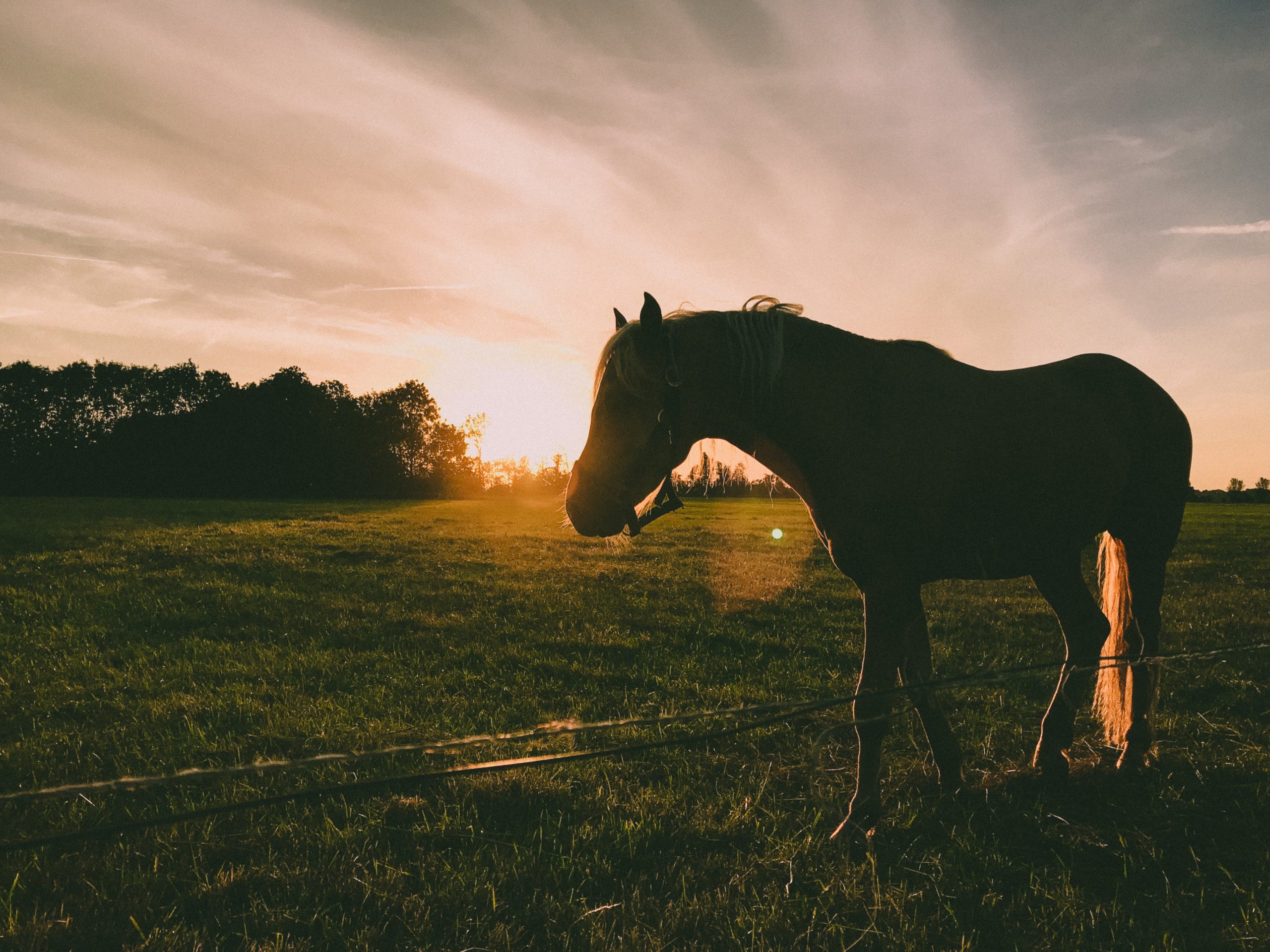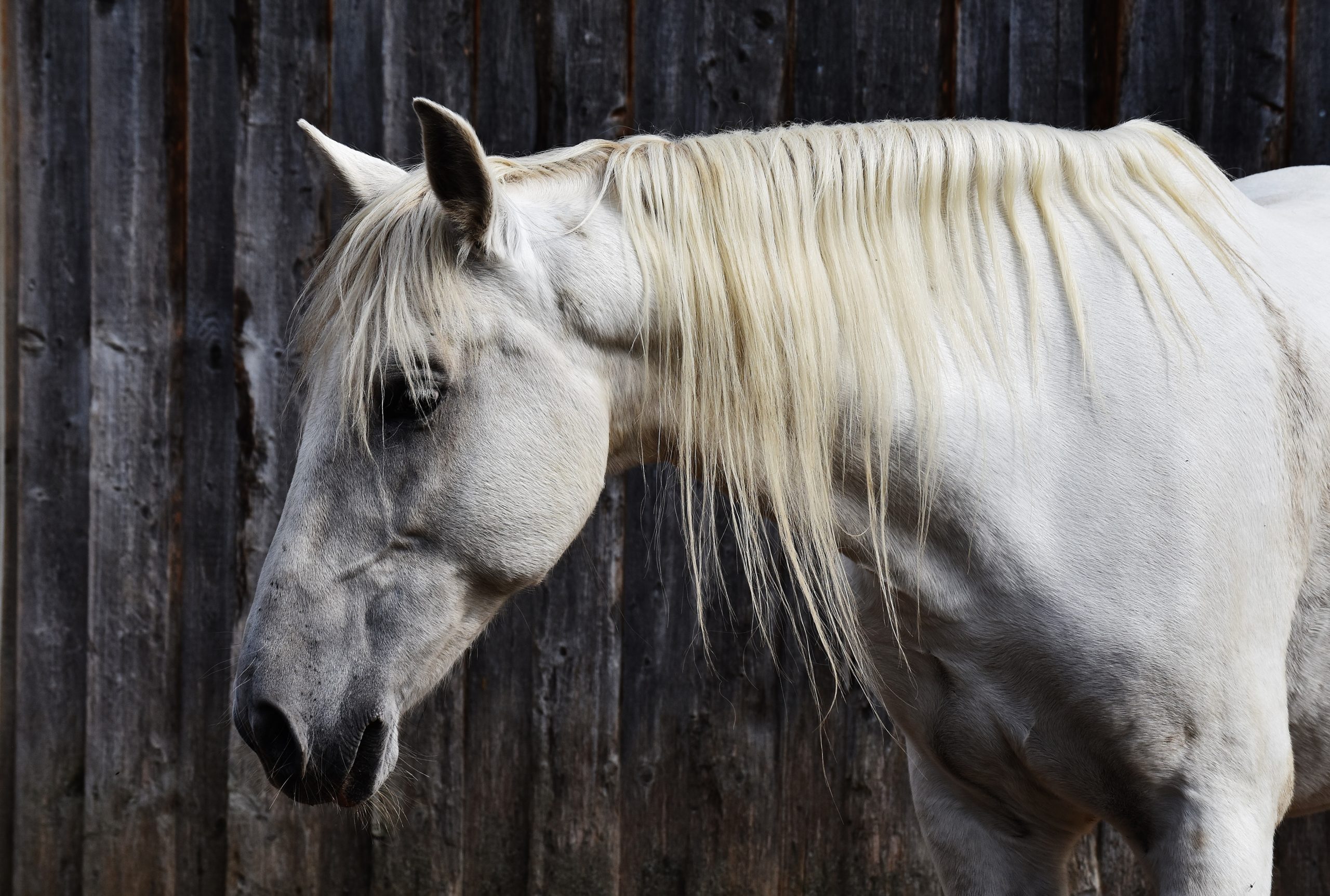Horses are often hassled by an itchy, annoying skin condition known as ‘Queensland Itch’, ‘Sweet Itch’, summer eczema or recurrent seasonal pruritis.
While the condition is an annoyance for the horse owner, it becomes a constant nagging irritation for the horse itself.
Itching is the main sign of the condition. An affected horse will rub its rump, the butt of its tail and its mane on fixed objects in its paddock or stable. It can also rub itself down the side of its chest and its ears are often affected. The constant rubbing usually causes hair loss and skin changes.
What causes Queensland itch?
The usual cause of Queensland Itch is a hypersensitivity to the bites of sand flies (midges) of the species Culicoides. While the bite of the midge is an irritation, some horses develop sensitivity to the bite and will rub themselves so much that they cause injury to their skin. The cause is actually an allergic reaction to chemicals in the saliva of the midge. When this reaction occurs, specific chemicals are released in the skin. These chemicals cause an irritation, which in turn causes the horse to scratch and rub.
‘Queensland Itch’ is a summer problem and it’s worse where there is a quantity of still, stagnant water for the midges to breed in.
You should suspect that your horse has ‘Queensland Itch’ if it develops a reoccurring, itchy skin condition every summer and if the itching occurs mainly around the butt of the tail and around its mane.
What affect does Queensland itch have on horses?
The effects on horses can be dramatic. They suffer intense pruritis (itchiness) on the mane, tail, face, ears and back, resulting in biting, rubbing, hair loss, self-trauma and a change in temperament. They become miserable and irritable.
Hair loss is common in the areas that are being rubbed, usually along the midline and in the mane. The hairs will be coarse, broken and stubbly and will often be standing on end. Crusts, scales and scabs appear in the coat, especially on the butt of the tail and around the ears.
While horses don’t die from ‘Queensland Itch’, badly affected horses are of little use as working or pleasure animals as the itching makes them difficult to work. The damage to their coat also makes them look terrible.
Environmental Management
- Horses should be stabled during the midges peak feeding period (i.e. dusk, dawn and night) or placed in stalls under strong fans because Culicoides spp. are weak and cannot operate in wind
- Windows should be screened with small mesh (32×32) and sprayed with a parasiticide with residual activity
- Breeding areas for flies should be eliminated i.e. standing water, manure
- Some affected horses should be moved to a farm where there is not the potential for biting midge attack, especially during the peak season
Repellants and Insecticides
- Horses should be sprayed or rinsed with insecticides with residual activity e.g. pyrethrins or pyrethroids, such as Flyaway, Permoxin Insecticidal Spray or Swift according to label recommendations. However, sprays or rinses should be applied over a small area of skin initially to test for any reaction.
- Repellants, such as Cetrigen Spray and Septicide Cream can also be effective in suppressing biting midge activity, as well as help prevent infection and aid healing sores.
- Daily bathing of affected animals removes crusts and scales, and also decreases itchiness. Your vet can prescribe a suitable medicated shampoo.
Glucocorticoids
- If insect control is not sufficient to alleviate discomfort and clinical signs, systemic anti-inflammatory drugs are required. Your vet may give your horse an injection for immediate relief then a course of oral medication e.g Preddy Granules that is gradually tapered off after 2 weeks to achieve the smallest dose of alternate day therapy that is effective.
- Horses should then be weaned off glucocorticoids completely, as soon as possible, by giving twice weekly for another 2-3 weeks. The use of glucocorticoids has been associated with development of laminitis (Founder) in horses, so long term administration is not recommended and close monitoring is required.
Lastly, not all itching or rubbing in horses is caused by ‘Queensland Itch’. Itching in horses can be caused by many things, including a variety of contact allergies and even to a form of worm infestation.
If you are unsure whether your horse has ‘Queensland Itch’ or some other skin condition, consult with your veterinarian for full advice.




